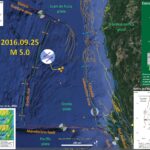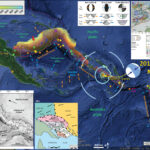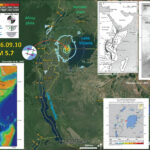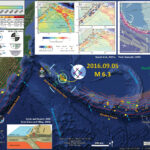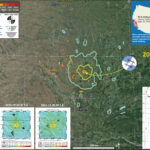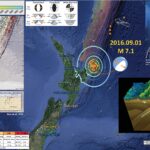Last night, while I was preparing an online exam for my students to take while I am at the Geological Society of America Annual Meeting in Denver Colorado, there were a couple earthquakes in the Gorda plate offshore of northern…
Earthquake Report: Solomon Islands
There was an earthquake along the South Solomon Trench earlier today (before I woke up). Here is the USGS website for this M 6.0 earthquake. Below is my interpretive poster for this earthquake. This map shows the slab contours (an…
Earthquake Report: Tanzania
Well, I am a little late preparing this report. I actually put it together over the weekend, but am only now uploading this. There was an interesting earthquake along the southwestern edge of Lake Victoria, in the East-Africa Rift (EAR)…
Earthquake Report: Bering-Kresla Shear Zone (Russia, west of Aleutians)
If there is an earthquake and nobody is there to feel it, did it shake? Here is the USGS website for the M 6.3 earthquake that occurred in the far western Aleutians, so far west, it is called Russia. Below…
Earthquake Report: Oklahoma!
Oklahoma is OK! Albeit a little shaken up. Early this morning there was an earthquake that started off their Labor Day Weekend. Here is the USGS website for this M 5.6 earthquake. There have been earthquakes of similar magnitude in…
Earthquake Report: Mendocino fault!
Well, I felt that one. The shaking lasted about 5-7 seconds in Manila, CA (where I live). Here is the USGS website for this M = 5.6 earthquake. This earthquake appears to have occurred along the Mendocino fault, a right-lateral…
Earthquake Report: New Zealand!
This was a very busy week for me, so I missed reporting on this series of earthquakes offshore the North Island of New Zealand. I did put together an interpretive Earthquake Report poster for these earthquakes for my general education…

